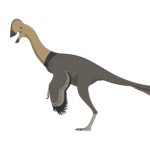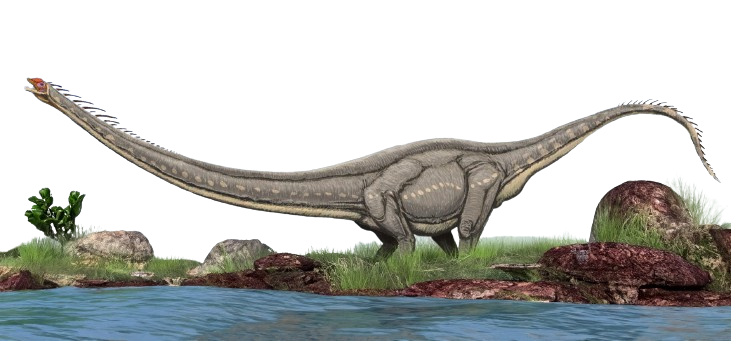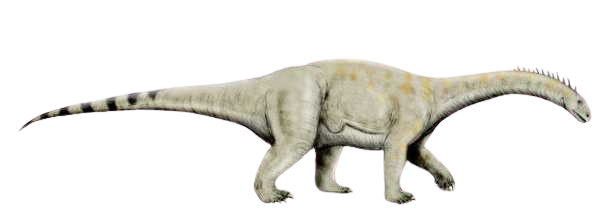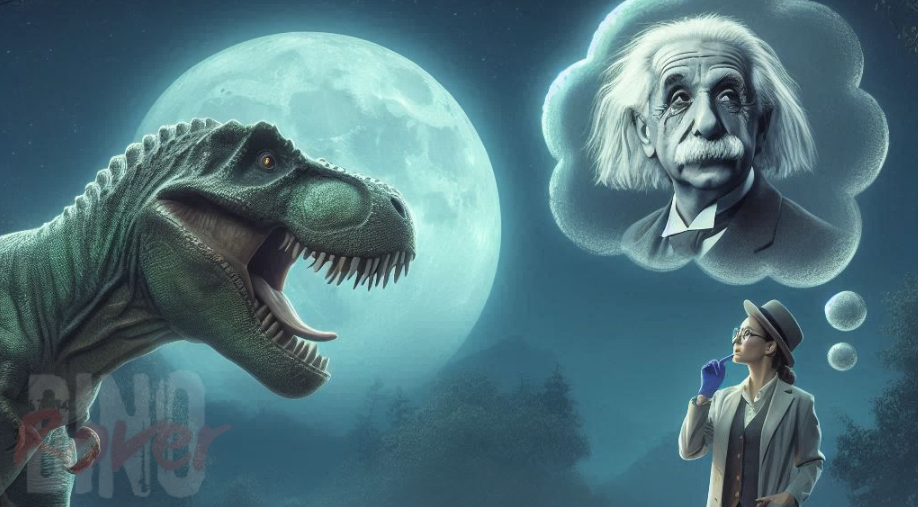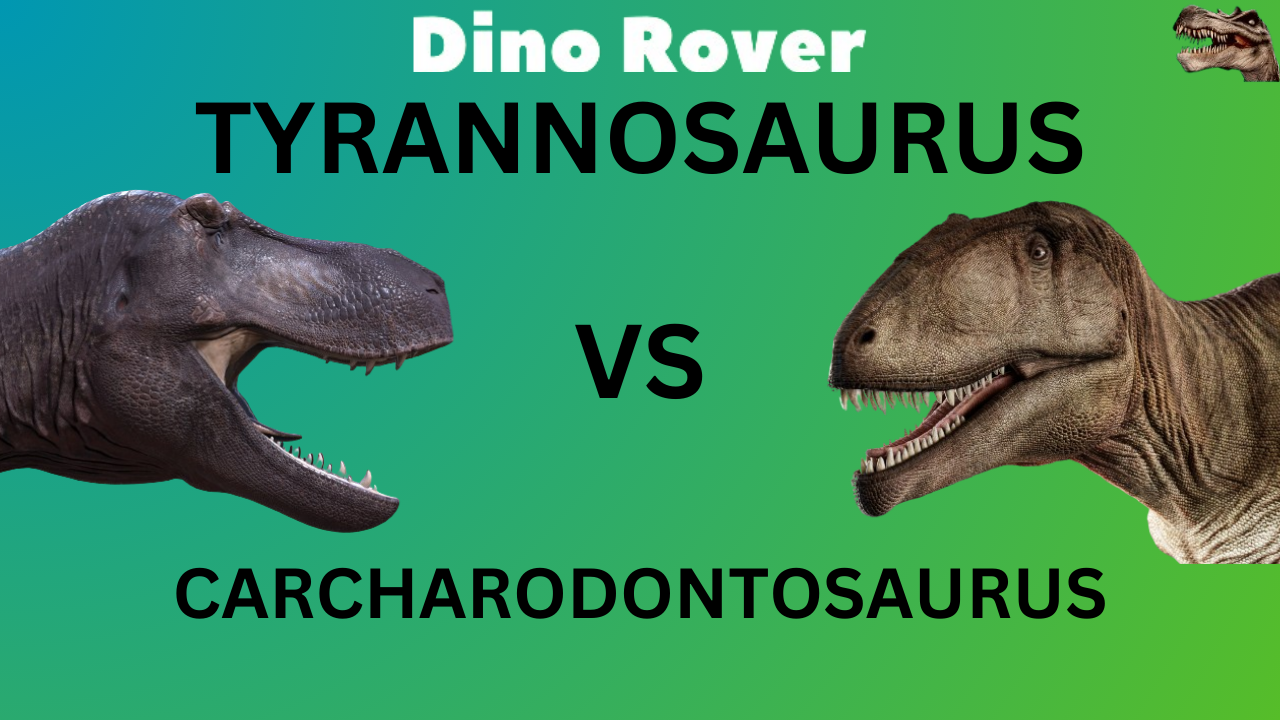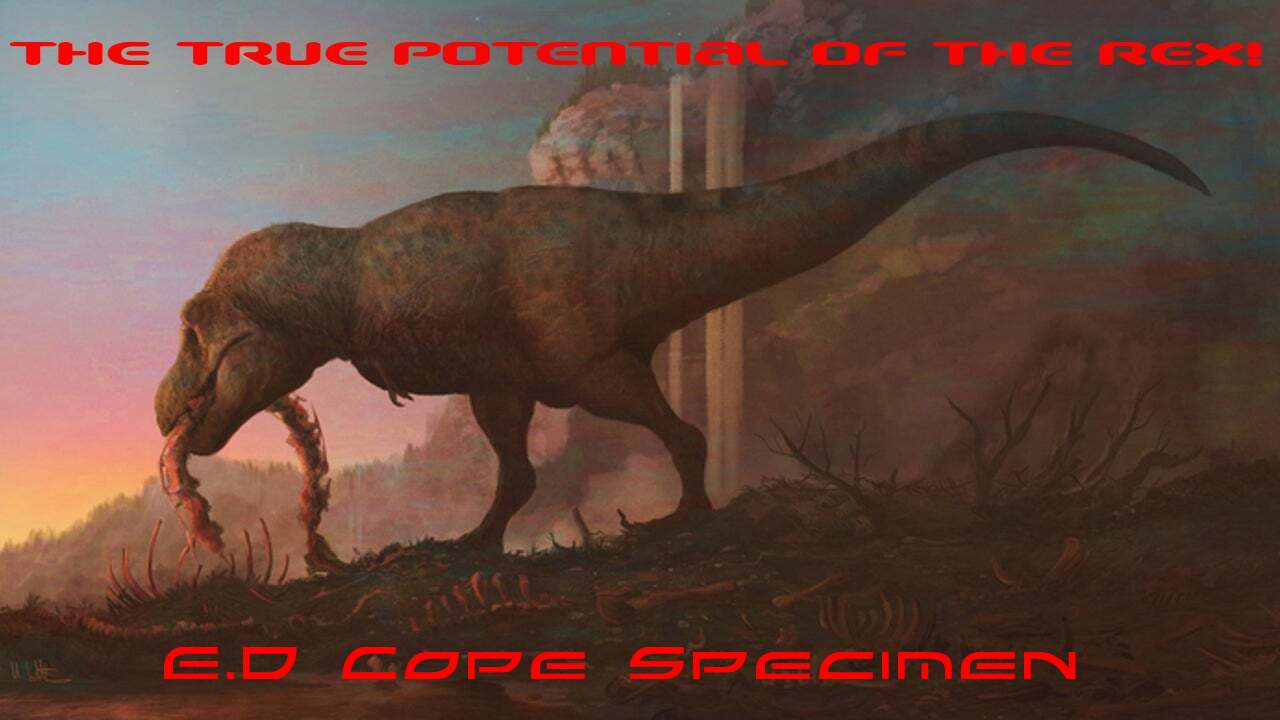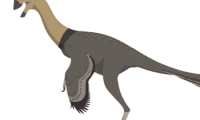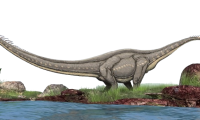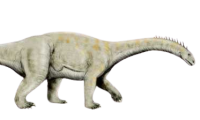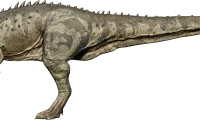Hey there, Dino enthusiasts! 🦖🌊 In this post, let’s dive into the groovy world of Ichthyosaurs – those rock ‘n’ roll reptiles of the seas! 🎸🌊
Ichthyosaurs (say it like “ik·thee·uh·saw·ruhsik·thee·uh·saw·ruhsIchthyosaurs”) were like the ocean’s VIPs. 🌊🌟 They were the ultimate sea-faring reptiles, with sleek bodies built for the waves. 🌊💨 But hey, even these cool cats had to come up for air once in a while, just like dolphins and whales. 🐬🐋
These underwater rockstars came in all sizes, from 7 to 30 feet long (that’s as long as a small school bus, pal!). 🚌📏 They had snazzy teeth in their long jaws and eyes bigger than your favorite movie theater screen. 👀🎥
And check this out – they had four fins shaped like crescent moons, a fin on their back to keep them steady, and a tail that looked like it belonged in a fish fashion show with two lobes. 🌙🐟 To catch a breath, they had lungs and nostrils right by their eyes (just like sunglasses on your head at the beach). 😎🌊
When it came to family, Ichthyosaurs were true trendsetters. 🕶️👨👩👧👦 They didn’t lay eggs like most reptiles; they threw legendary underwater baby showers by giving birth to live young ones. 🎉👶🌊 We know this because we’ve found baby Ichthyosaurs inside their mamas’ bellies, like buried treasure! 💎🤰
These ocean party animals lived it up during the Mesozoic era. They started the show in the Triassic, hit their peak in the Jurassic, and then they vanished from the spotlight during the Cretaceous, about 95 million years ago. 🕰️🎶
Ichthyosaurs were totally ocean dwellers, hanging out near the surface because they were all about those big, beautiful eyes (no need for those if you’re a deep-sea diver). 🌊👁️ You won’t catch these cool cats strolling on the beach; they were all about the underwater hustle and bustle. 🏖️🚫🌊
And when it came to the menu, they were the sea’s carnivorous superstars, chowing down on fish, octopuses, and any other swimming snacks they could find. 🍣🦑 To keep their reputation as the fastest swimmers in town, Ichthyosaurs used their four strong, crescent-shaped fins to keep the rhythm of the ocean groove. 🏄🌊
But, sorry kiddos, you won’t see an Ichthyosaur on a surfboard; these legends were all about that aquatic lifestyle. 🏄♂️🚫🏝️
So, there you have it, the story of the Ichthyosaurs – the raddest reptiles of the sea! 🌊🦕 Stay tuned for more dino adventures on “Dino Rover.” 🚀🦖






